What Is
Plaque Psoriasis?
More than 8 million Americans have plaque psoriasis. Of those, nearly 2 million have moderate to severe plaque psoriasis.
Whether you’re just starting your search for answers or continuing it, you can use the topics below to learn more about plaque psoriasis and some of the treatment options.

Are you planning to visit a doctor in the next 3 months?
Plaque psoriasis is a chronic disease that’s driven by an overactive immune system.
While the exact cause of plaque psoriasis is unknown, we do know that the immune system and genetics play major roles.
There are also external factors or “triggers,” such as stress, that can cause symptoms to appear or make them worse.
Plaque psoriasis can show up differently on different people, For example, the red color or erythema that is typically seen with psoriasis on lighter skin tones often appears more purple or brown in darker complexions. Other common plaque psoriasis symptoms are raised and scaly patches of inflamed skin.
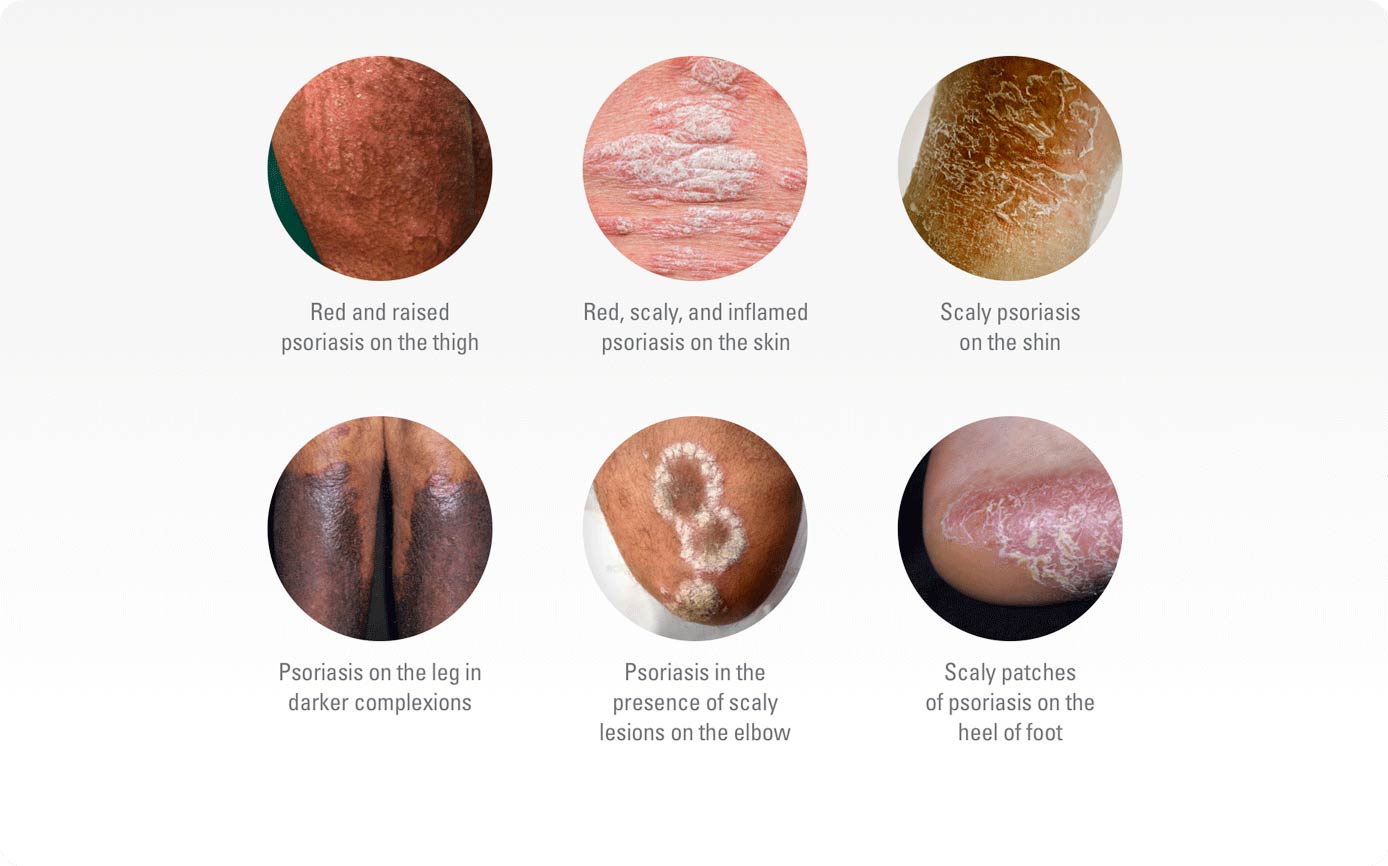
Plaque psoriasis is categorized as mild, moderate, or severe depending on how much of the skin is affected and the seriousness of the plaques' location and severity.
While plaques usually show up on the hands, feet, elbows, knees, and back, they can also show up in the form of scalp psoriasis or genital psoriasis.
It’s important to speak with your doctor and receive an accurate diagnosis before beginning treatment.
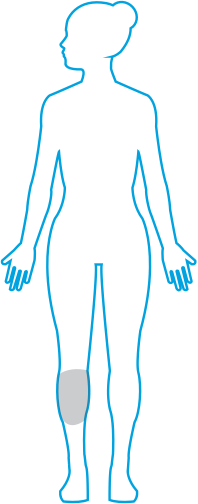
Mild
Plaque Psoriasis*
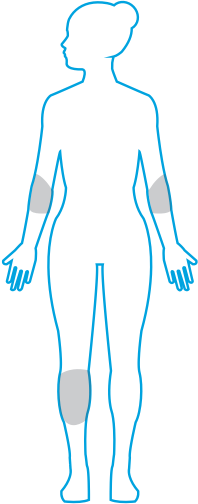
Moderate
Plaque Psoriasis
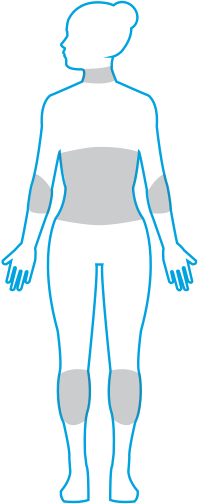
Severe
Plaque Psoriasis
When you visit a dermatologist, one of the first things they'll ask is how much of your skin is affected by discoloring, thickness, and scaling caused by plaque psoriasis. To help you understand, they might tell you that your handprint is approximately the same size as 1% of your skin's surface.
*A treatment like SKYRIZI is not meant to treat cases of mild psoriasis.
There are a variety of plaque psoriasis treatments. Some people use over-the-counter products, while others get one or more treatments prescribed by a doctor or dermatologist. These include:

Topicals work on the skin surface and are often the first treatment when someone is diagnosed. They can come in gels, ointments, or creams that are prescribed by your doctor or bought over the counter.

Phototherapy works on the skin surface. This treatment includes regularly shining ultraviolet light on the skin to help slow down the growth of extra skin cells. A medical professional assists in providing this treatment.

Oral treatments are medications that you swallow. They work inside your body by reducing or controlling the activity of your immune system.

Biologics are medicines that focus on specific parts of the immune system. They block certain proteins that are related to inflammation. These medicines work inside your body and are usually given by injection.
Biologics for psoriasis
If certain treatments—like topical options or phototherapy—were not enough, biologics may be an option for you.
Biologics work with—and within—your immune system. Since biologics work inside your body, they’re typically given by injection.
When biologics enter your body, they attach to certain proteins and stop them from causing too much inflammation, which can make skin cells grow too quickly.
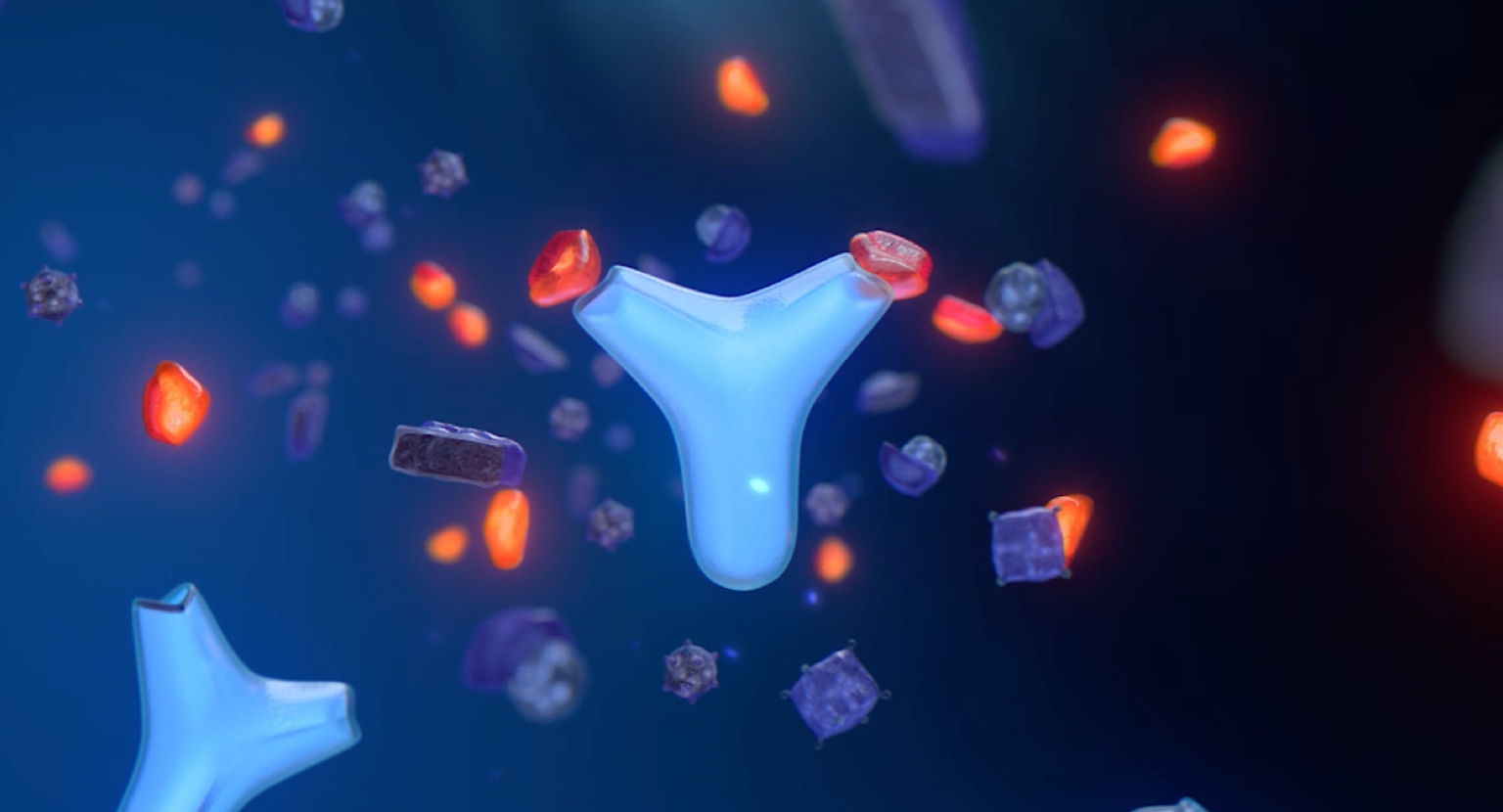
SKYRIZI attaches to IL-23.
This can help reduce the overproduction of IL-23 inside your body that leads to plaques on your skin.
Looking for additional details on how SKYRIZI works? Take a look at the science behind SKYRIZI.



